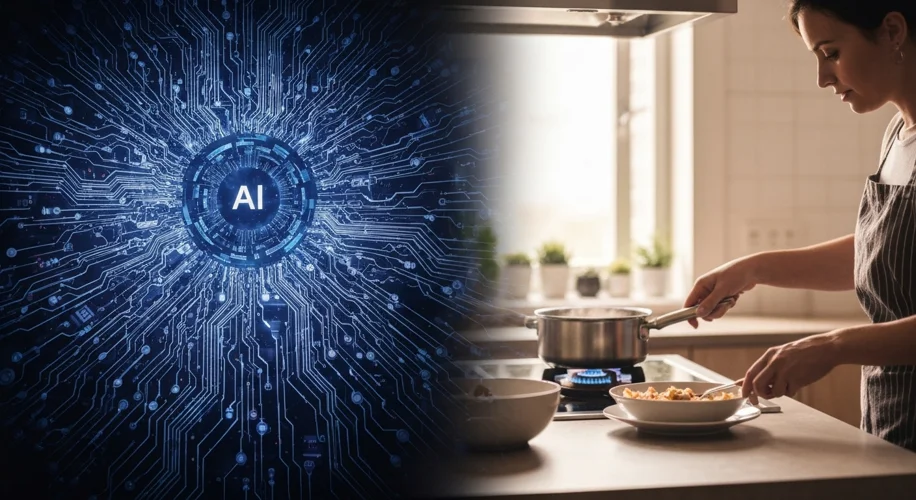It’s funny, isn’t it? We marvel at AI systems that can defeat chess grandmasters, diagnose diseases with incredible accuracy, or even write poetry. Yet, when an AI trips over a simple, everyday task – like understanding a sarcastic comment or navigating a slightly cluttered room – we’re quick to dismiss its intelligence. This peculiar reaction has a name: Moravec’s Paradox.
Named after Hans Moravec, a roboticist, the paradox highlights a curious disconnect. Tasks that are incredibly difficult for computers, like complex logical reasoning or abstract thinking, are often effortless for humans. Conversely, tasks that require a lot of sensory perception, motor skills, and common sense – things we do without a second thought – are surprisingly hard for AI.
Think about it. A sophisticated AI can process vast amounts of data, identify patterns invisible to the human eye, and perform calculations at lightning speed. It can master intricate strategies in games like Go or poker, domains where human intuition often falters. Yet, ask that same AI to fold laundry, distinguish between a real smile and a forced one, or even understand why a dropped glass might shatter, and it can struggle.
From my years in the tech industry, I’ve seen this play out many times. We’re building systems that can perform superhuman feats in specialized areas. However, our benchmarks for general intelligence are often rooted in these seemingly simple human abilities. When an AI fails at a task that a child can do, our perception of its overall intelligence tanks. We judge the complex AI by the simple failure, rather than celebrating its complex successes.
This isn’t to say AI isn’t progressing. The advancements in areas like natural language processing and computer vision are staggering. But Moravec’s Paradox reminds us that true artificial general intelligence (AGI) – an AI with human-like cognitive abilities across a wide range of tasks – is still a significant challenge. It’s not just about processing power or data; it’s about integrating common sense, contextual understanding, and nuanced social cues.
So, the next time you see an AI make a simple mistake, try to remember the bigger picture. It might be struggling with the equivalent of tying shoelaces, but it’s also capable of solving problems we haven’t even begun to fully grasp. It forces us to ask ourselves: what is intelligence, really? And are we measuring it fairly, or are we just letting our own human biases guide our judgment?

